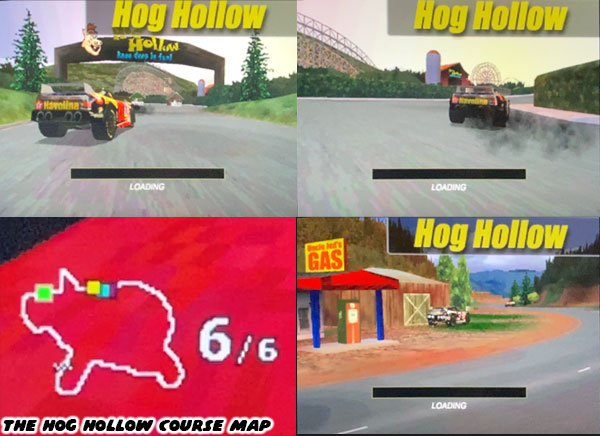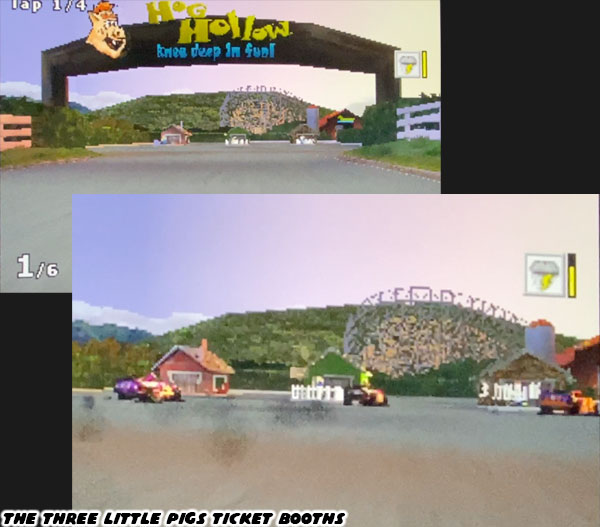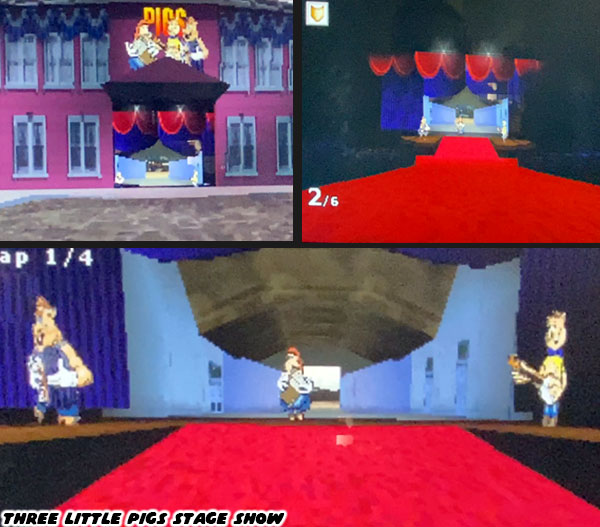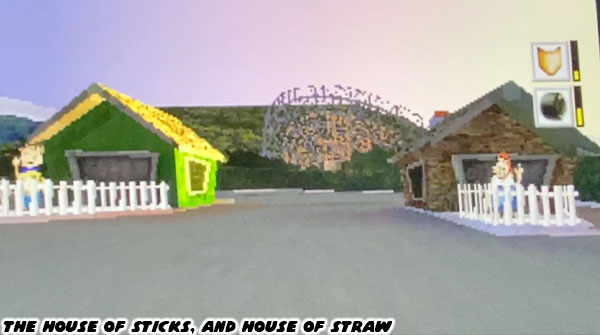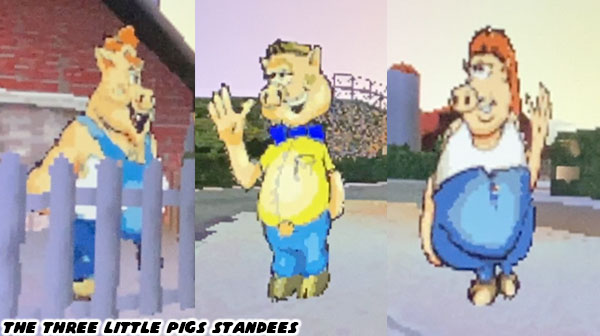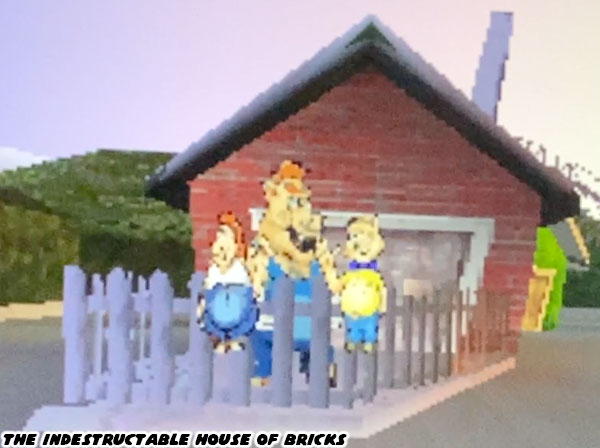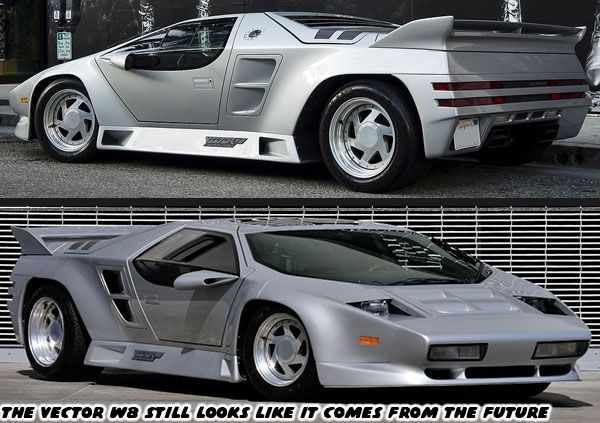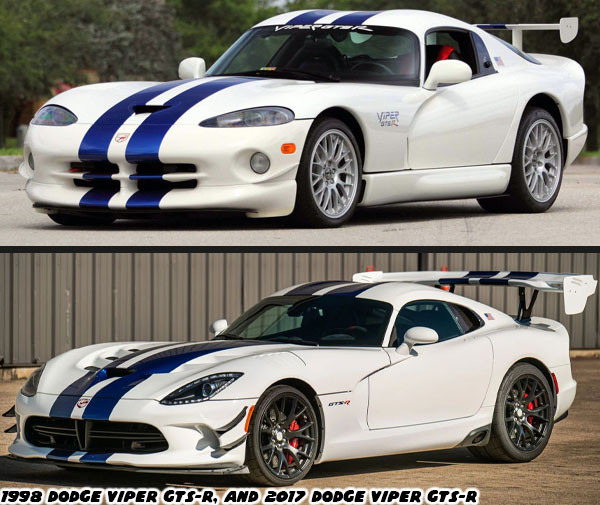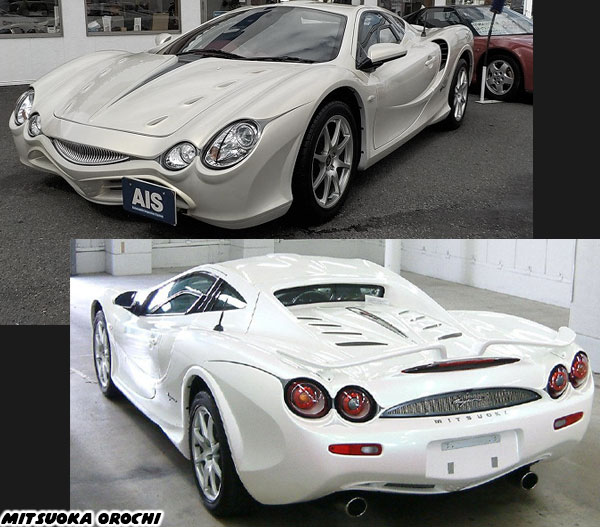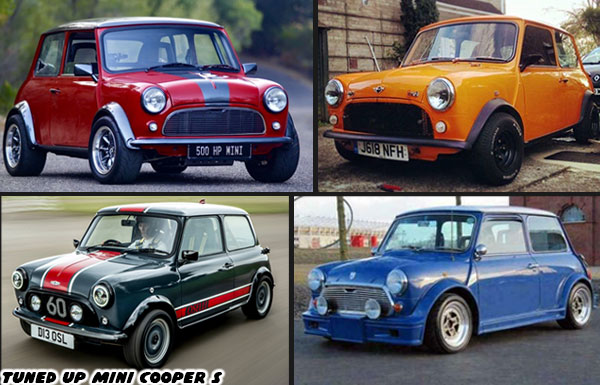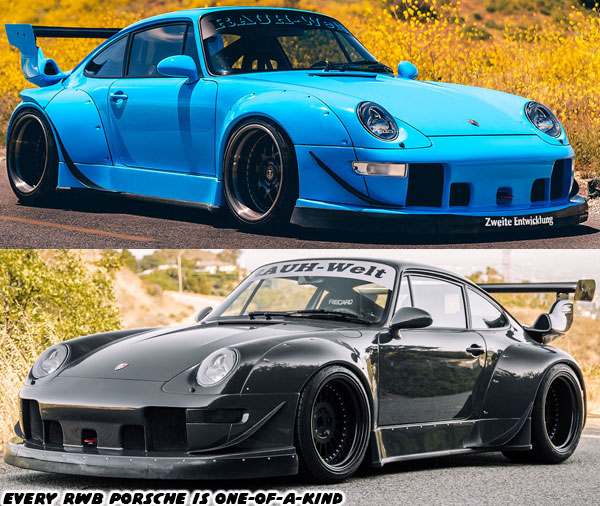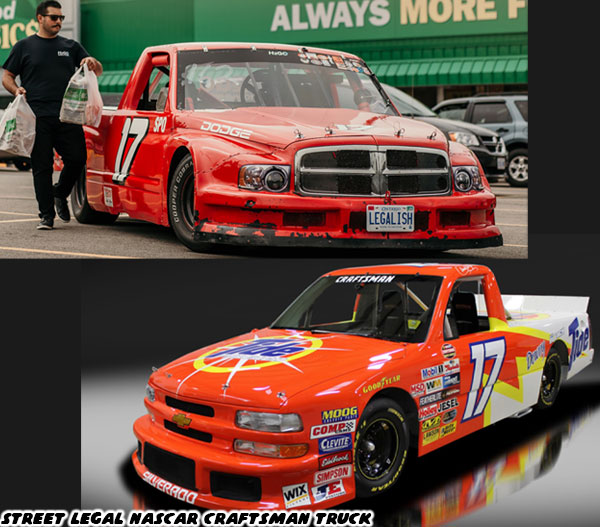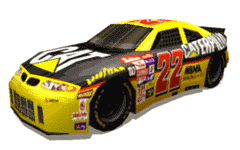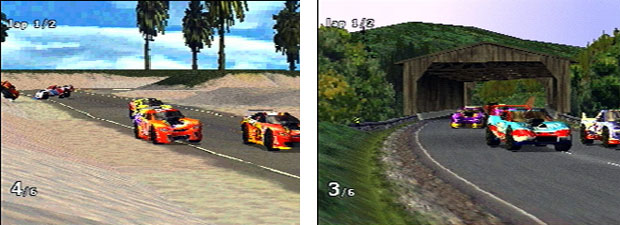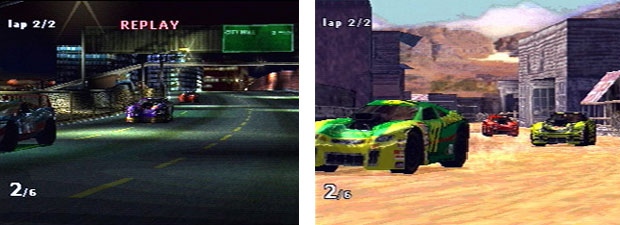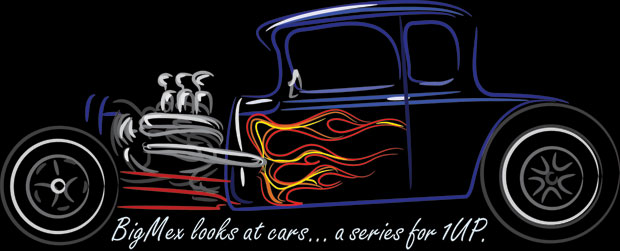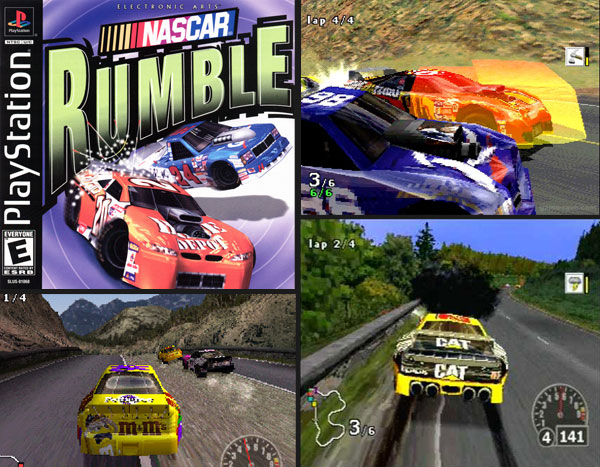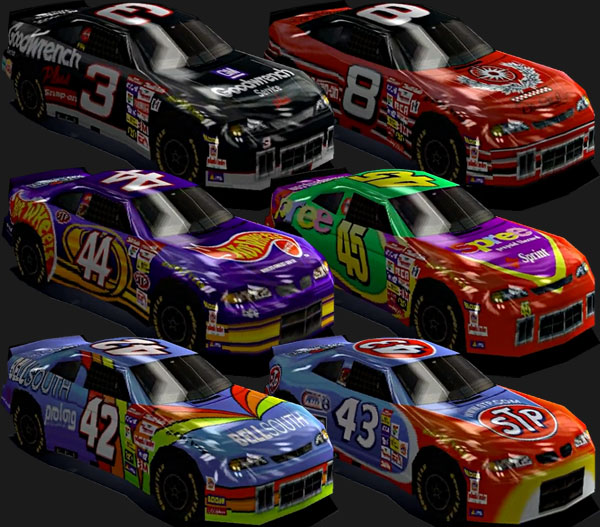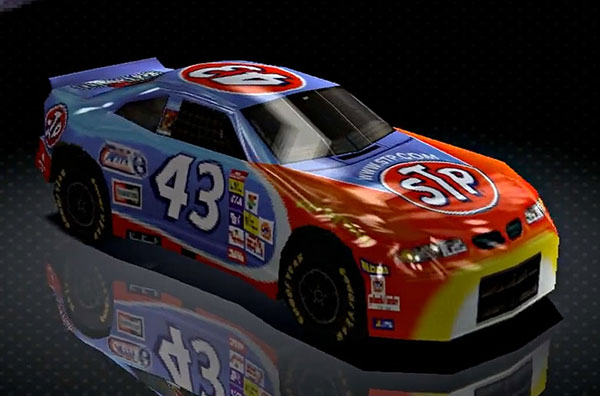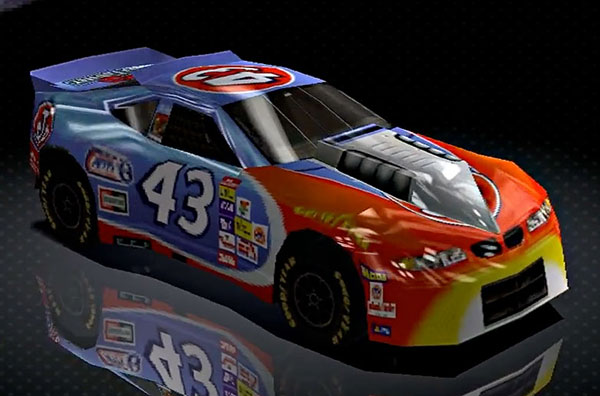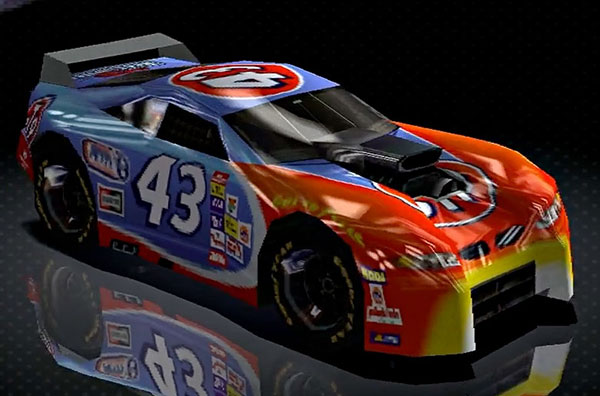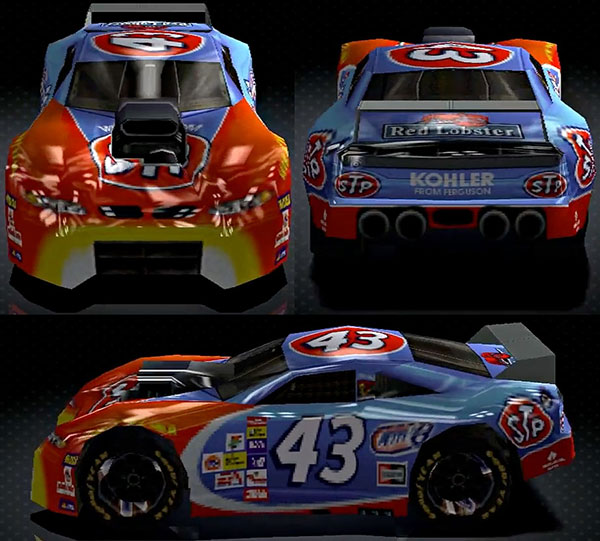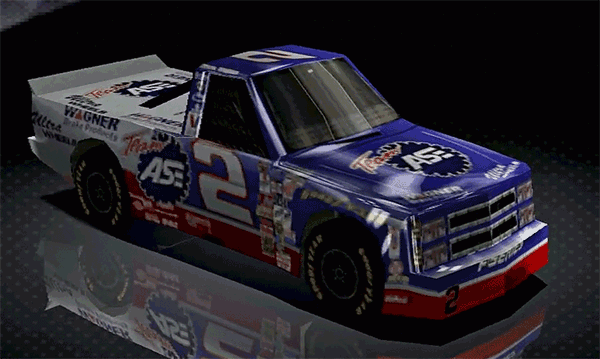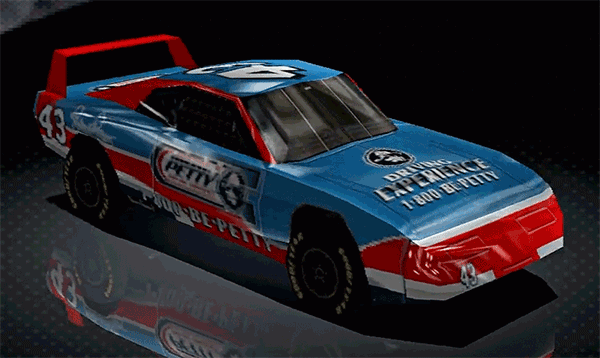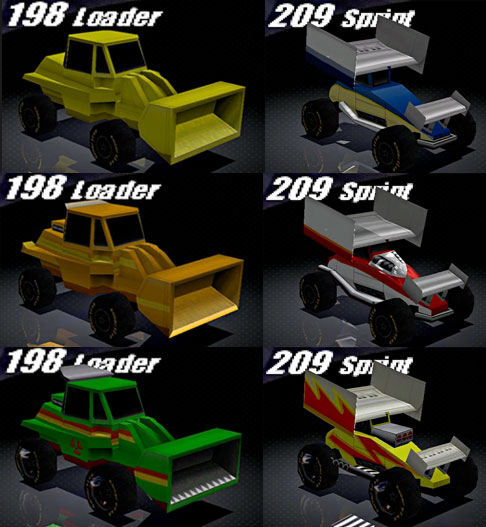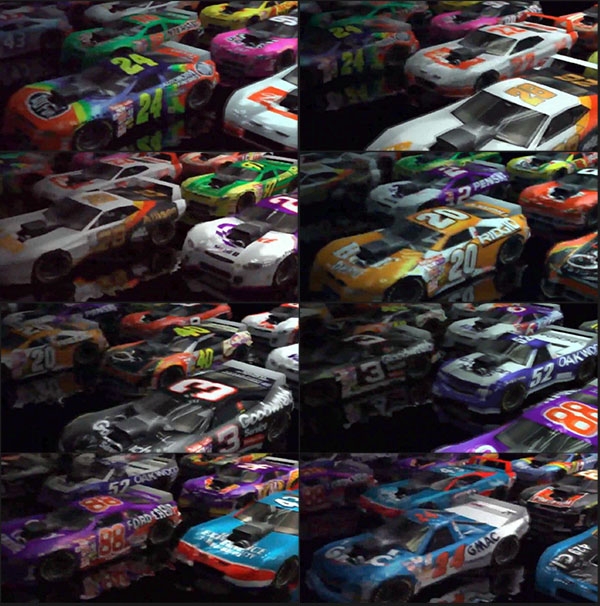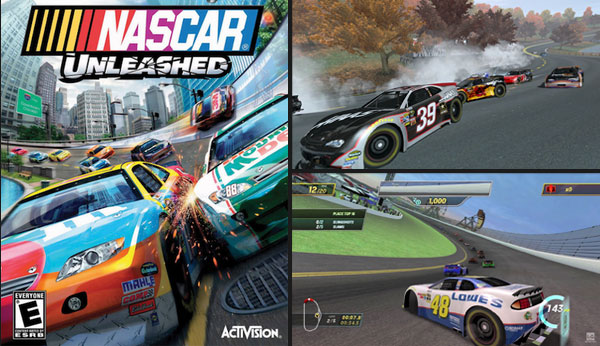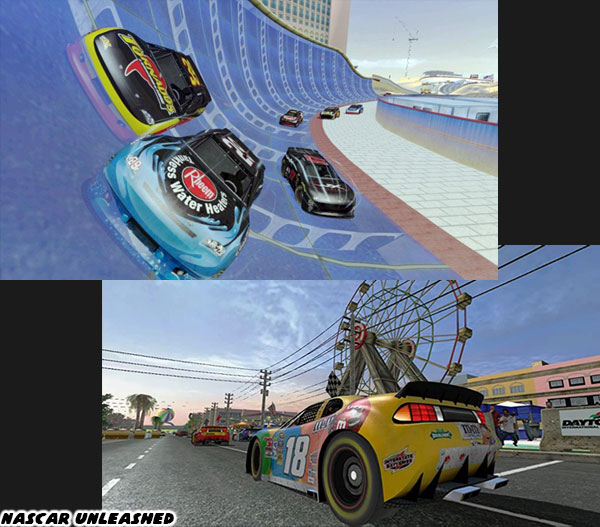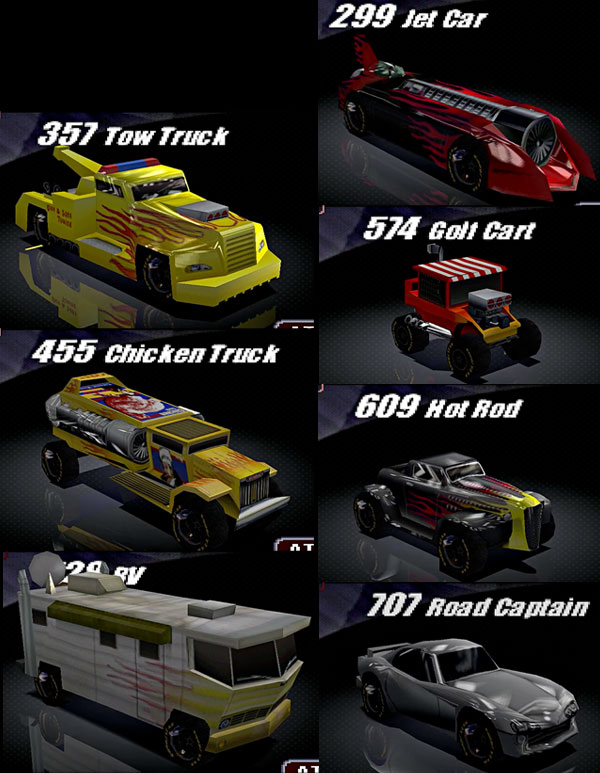I was jumping around several classic Playstation games over the past few weeks as I was putting together my God of War series, and editing the upcoming 1UP classics for this blog. The car series in particular reminded me of my love of a particular game, and genre of racing. As many kids would tell you cars are cool, fast cars are cooler. I was five-years-old when my life was forever changed. It was early in 1979. My parents weren’t feeling well so we would not be going to church that Sunday morning. My brothers slept in most weekends, and I was always the early bird. So I would watch whatever was on TV for a few hours before the rest of the family got up. I flipped through the channels, and saw a race was about to begin. It was the Daytona 500. Today considered one of the most famous races in the world. I had caught glimpses of stock car races before, but usually only the results were shown on TV, and never the entire race.

It turned out that NASCAR had come to an agreement with broadcasters, this would be the first time the race was shown in its entirety, and not just the last laps. I had no idea what the National Association for Stock Car Auto Racing was, or why these beautifully painted cars were racing on a giant oval. Not that it mattered. I saw fast cars in bright colors. Watching them run side-by-side at almost 200 miles an hour. They became four-wheeled, street legal, low-flying super heroes. I was absolutely hooked from that moment. As my family got up over the next few hours they saw me glued to the screen. I was explaining to them who the different drivers were, how they were fighting to hold onto a lead, and even the nail-biting pit stops that could cost them the entire race. They asked if I had a favorite. I said yeah, there was a guy called Richard Petty driving the #43 car. Its blue, and red paint scheme really stood out. He would become my favorite to watch over the following decade.
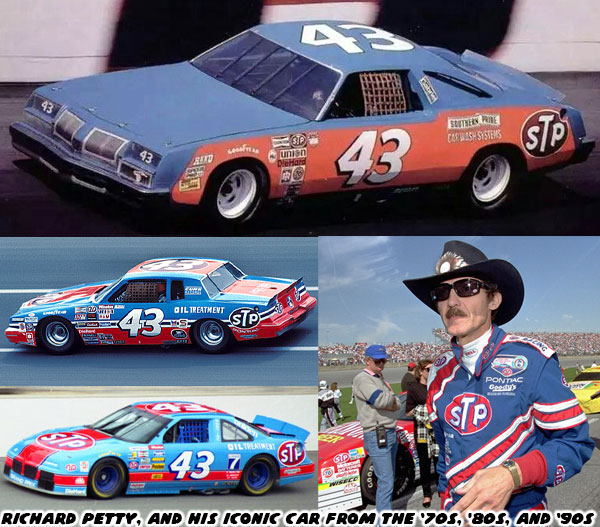
In the final laps of the race I remember my older brother, and parents all sitting on the couch watching Richard win his seventh, and final Daytona. My little brother was still a baby, and could care less about the race. We all cheered as he pulled into pit row. We saw his team jump on top of his car as he drove to victory lane. He climbed out of his car, and looked to be the coolest guy ever. He had curly hair, and a mustache like my dad. He sported sunglasses, and traded his helmet for a fancy cowboy hat. Nobody else looked as smooth as Mr. Petty. As the camera people were setting up for an interview they were distracted by a crash that had happened on the final lap. The two drivers Donnie Allison, and Cale Yarborough were trading punches on the infield. I learned that day the many layers of stock car racing. The most important was that they were passionate drivers that were willing to fight for their spot on, and off the track. If you’d never seen it I would recommend
the History Channel's review before they started talking about ancient aliens. My family was happy for me. I had become a fan of a new type of racing, and my hero had won the race I had spent Sunday morning watching.
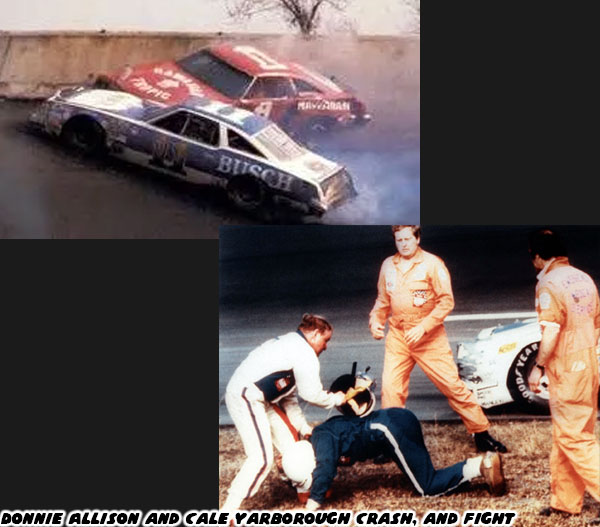
I wouldn’t get to watch many races in their entirety. The good news was that I could see how they started before leaving for church, and catch the ending when we returned on Sundays. I would spend my formative years learning everything that I could about stock car racing. Of course this meant that my friends would get an earful about it at school, and my family would learn about it during dinner time. For example a lot of people thought that NASCAR was always filled with sponsors, and professional drivers. That wasn’t the case. The cars were regular vehicles that were modified to run fast. Not necessarily to race, but because they were used by moonshiners to smuggle booze all over the South. Bootleggers could make as much in one run as a farmer could in a whole month. They had to be able to outrun the law by necessity. These drivers they would get into arguments about who had the fastest car. Racing pre, and post-WWII was a constant battle. The drivers were also the mechanics, crew chiefs, owners, body repair, and paint people. They barely had enough money to fix their cars, and get to the next track. They had to lean on friends, family, and neighbors for help. The cars had such a negative reputation that they were hidden when traveling, and drivers would have to check in under an alias in order to rent a motel room.

The majority of the early tracks were a quarter mile, or half mile, and occasionally a mile. They were mostly flat. They were still made of dirt, gravel, or sand. Darlington North Carolina introduced the first paved track in 1950 for the Southern 500. In 1959 the super speedways were introduced with Daytona. The 2.5 mile track was intimidating, and dangerous. Massive banked concrete turns that were three times taller than any other track. It scared the veterans to death the first time they saw it. I learned that Richard Petty was part of a racing legacy. Lee Petty, Richard’s father, won the initial Daytona 500 with a thrilling photo finish. Richard won that race five years later, and would win it a total of seven times over his career. He started racing in 1958 right as the sport was evolving. He would come to dominate through the ‘60s, and set unparalleled records. He was the first, and most influential NASCAR driver I ever saw, however I would have to accept that his best years were behind him.

Imagine if you were new to basketball, and the very first game you ever saw featured Michael Jordan during his time with the Washington Wizards, and his team won. This was many years after he had won his last championship with the Chicago Bulls. You were instantly impressed with his mastery of the game, and became a fan. Then you would look forward to see him play again, and again, but he just couldn’t capture that magic of that first game. There were glimpses of brilliance, but he just couldn’t keep up with the new crop. You would hear from sportscasters, and fans that he was a far cry from his prime in the early ‘90s. It felt very much that way for me watching Petty race. He would only win 13 more times in the following 370+ races he competed in. His last victory was the sweetest by far. It was his 200th, for the Firecracker 400, on the 4th of July. President Ronald Reagan was on hand to congratulate him. That was in 1984, I was turning 10 that year. Rather than retire Petty would continue racing until 1992. You could imagine that watching the king crash, or lose again, and again over the next eight years took a toll on my heart. By then I was looking overseas for a new series, and finding a new racing hero. Formula-1 was the sport, and Ayrton Senna was the hero. My best friend followed his rival-turned-teammate-turned friend Nigel Mansell. We had the fortune of meeting Mansell when he came to the US to race in the CART Indy series. Unfortunately Senna would die in an accident in 1994.
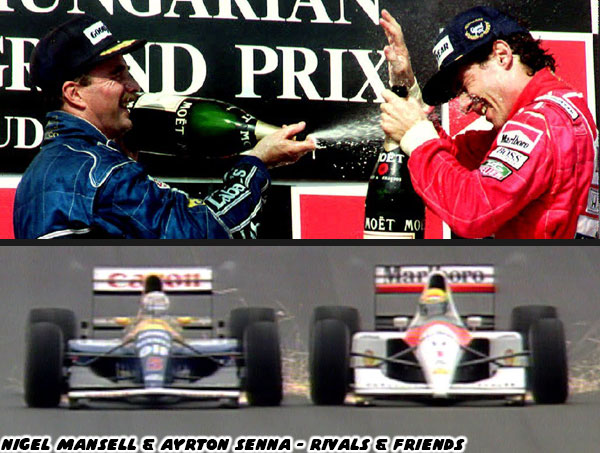
I still held Petty in high regards, but wasn’t fond of him losing in popular media. The 1990 Tom Cruise film Days of Thunder was considered the best NASCAR film ever made. My parents saw it in the theater, and thought that when it came out for rent they would bring it home. The film began with Petty crashing out during the opening credits. I was so angry that I took the movie out, put it back in the case, and asked them to return it to the video store. My mom was furious with me for stopping the tape while the family was watching. My older brother came to my defense, he explained to her that Petty was my hero, why would I want to see a movie where he’s seen as a washed-up driver? I put the tape back in but went to my room, I couldn’t bring myself to watch it. My brothers knew that I was deeply upset by it. I would argue that Petty wouldn’t get his due in popular media for another 14 years after his retirement.
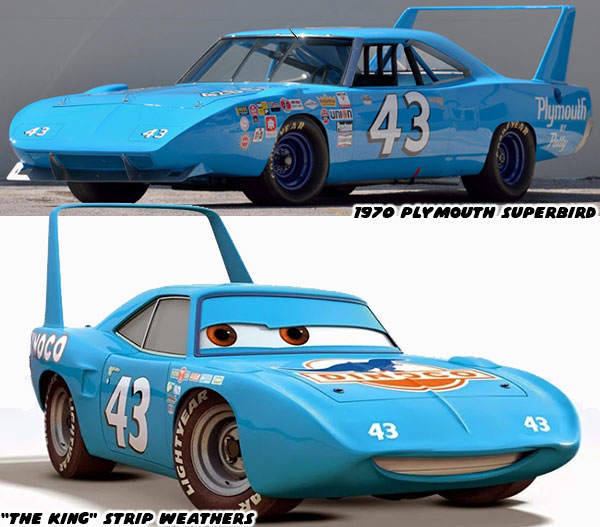
Pixar’s Cars movie came out in 2006. I wasn’t impressed with
the early teaser, as all it seemed to be was a demo reel for Pixar’s physics technology. In case you haven’t seen it, the movie revolves around an upstart rookie called Lightning McQueen, voiced by Owen Wilson, his rival Chick Hicks, voiced by Michael Keaton, and the winningest car in Piston Cup History “The King” Strip Weathers. The design of the The King
was based on the iconic Petty Blue Superbird. Richard Petty was cast to voice Strip, and his actual wife Lynda voiced Lynda Weathers. Unfortunately he crashes at the end of the film, but Lightning gives up a sure championship win to make sure that Strip can finish his last race. As was the case with Pixar movies the ending brought many to tears. You can imagine that it gave me, and a couple of generations of NASCAR fans a sense of closure as well.
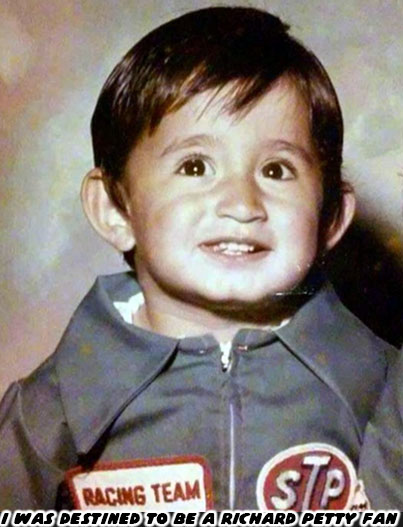
Richard was inducted into the NASCAR Hall of Fame in 2010. It seemed way overdue by that point. His records, and legacy seemed impossible to match.
His greatest NASCAR moments are well documented. However when you put his life, and contribution in context he seems even larger than life. There is a fantastic
documentary on Richard, and the Petty family. Including his father Lee, his son Kyle, and grandson Adam. They were the first four generation family in professional sports. This was another achievement that might never be matched in our lifetimes.

Of the many NASCAR games that were released over the years I think there was one that captured the thrill of the sport best. I’d like to talk about it in the next blog. Until then I’d like to know if you followed any motorsport. Did you have a favorite series, or driver? Let me know in the comments section please. As always if you would like to sponsor me
please visit my Patreon page and consider donating each month, even as little as $1 would help make better blogs and even podcasts!

